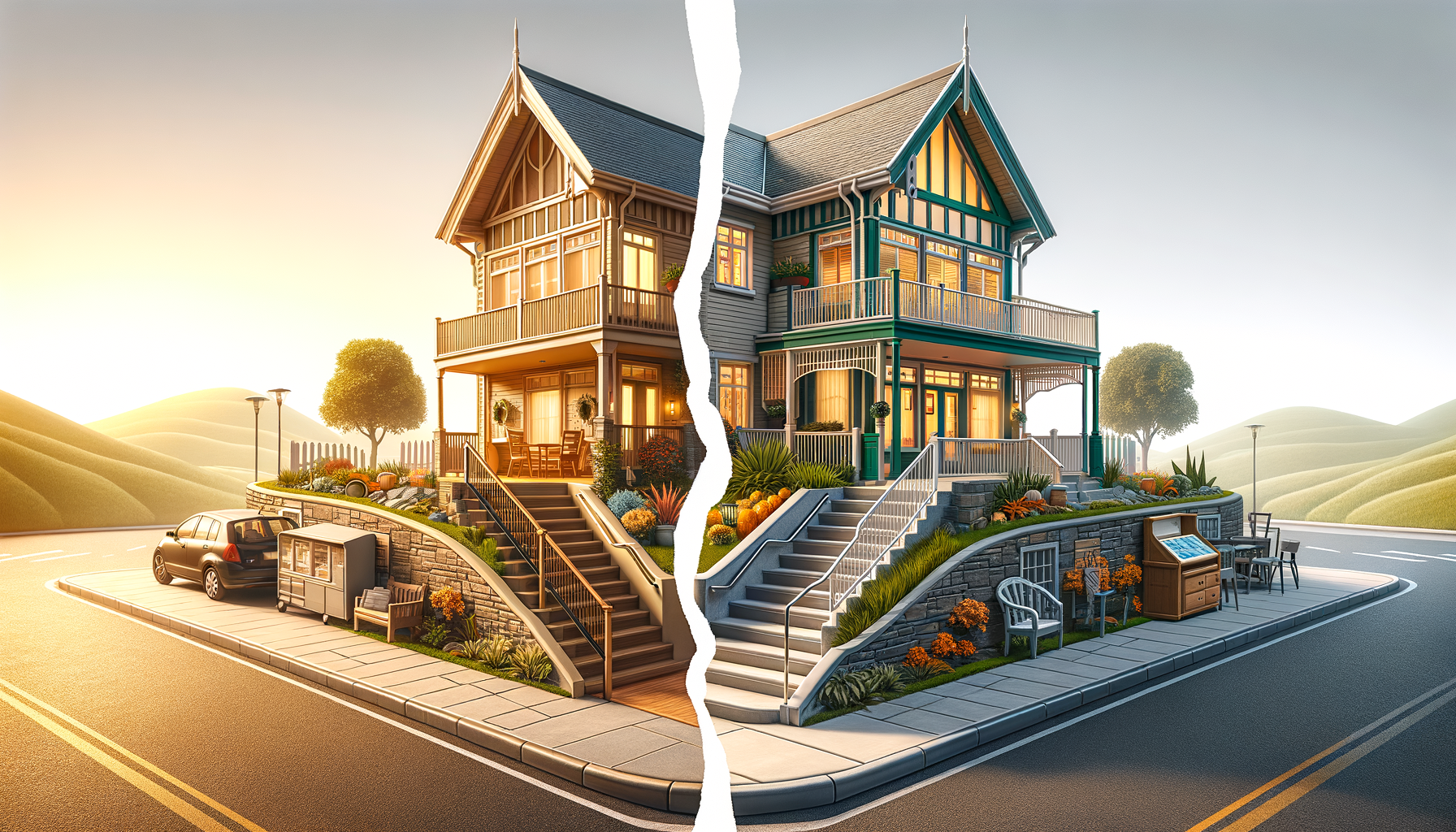“Addressing the Gap: Housing Shortage and Adequate Accommodations for the Elderly”

The housing market in the United States is currently facing a significant challenge. It is struggling to meet the unique housing needs of older adults in the country. Despite the growing number of senior citizens, the present housing inventory seems to be incapable of providing the required facilities and safety features to cater to this demographic.
Over the years, the US has seen a constant upsurge in its elderly population. The baby boomer generation, born between 1946 and 1964, continues to age, contributing a substantial portion to this trend. Today, older adults have distinct and diverse housing requirements that largely vary from those in younger cohorts. They require housing solutions that ensure ease of movement, accessibility, and prevalent safety measures – features that are largely missing in the current housing inventory in the US.
Current housing properties lack necessary features, such as zero-step entrances, single-floor living, and wide doorways and hallways. What’s more, less than 4% of housing units in the country are equipped with features like lever door handles and toilet grab bars. These essential features for seniors are not always available in most houses, which reveals a major issue within the national housing landscape.
The lack of suitable housing for older adults can lead to many serious issues, including falls, which are one of the main causes of injuries for seniors. In fact, studies have shown that while accidents do occur outside the home, most falls also take place inside the home where familiar surroundings can breed complacency. The scarcity of housing units with essential safety features can lead to increased accidents and potential fatalities among older adults.
Another important aspect to consider regarding the housing needs of older adults is the concept of aging in place. Aging in place refers to the natural desire most seniors have to live out their golden years in their own homes. It is an optimal solution to aging as it allows senior citizens to hold onto both their independence and a sense of familiarity – two elements that contribute significantly to psychological well-being.
However, the difficulty in modifying existing properties to suit seniors’ needs can become an obstacle to aging in place. Even if older homeowners could potentially afford modifications, the existing housing inventory often lacks the capability to accommodate them.
Research indicates that there’s a considerable gap between the supply and demand of suitable facilities for elderly Americans. This implies that while the demand is high, supply struggles to meet it, creating an uncomfortable situation for those looking for housing options in their advancing age. The mismatch between growing demand and inadequate supply manifests in high costs, lack of availability, and failure to meet safety standards.
Furthermore, location factors also play a significant role in housing for the elderly. Many older adults prefer to stay close to amenities and public services to ensure a convenient lifestyle. Finding housing units that have the necessary safety features and are located near amenities can be a daunting task due to the supply-demand mismatch.
These issues pose significant challenges in creating a housing market that is accommodating and considerate of the older generation’s specific needs. As per estimates, by 2035, one in five Americans would be aged 65 or older. Therefore, the question that arises is – How do we rethink and redesign the housing inventory to serve the nation’s aging population effectively?
Addressing the current housing crisis requires innovative thinking, strategic planning, and robust grading mechanisms. We need to cultivate an environment where aging in place becomes a readily viable option for seniors. To achieve this, the housing industry must shift its focus toward creating homes that possess features safeguarding the seniors.
While retrofitting existing homes to include safety features is an essential step, it is also crucial to design new housing projects with the necessities of seniors in mind. This includes incorporating good lighting, raised power points, handrails, and wet rooms that make showering safer.
Furthermore, a three-pronged approach of policy changes, technological advancements, and community-driven efforts can play a significant role in transforming the housing landscape.
Policies should encourage the construction of senior-friendly affordable housing, especially in areas near amenities and services. Incentives for developers to build senior-friendly housing or retrofit existing houses can go a long way in increasing the housing stock compatible with seniors’ requirements.
Advancements in technology can be deployed to enhance the safety and comfort of senior citizens. From smart tech gadgets that remind them of their medication to wearable devices that alert medical professionals during a fall, intuitive technology can act as a safety net that allows seniors to live independently for long.
Last but not least, community initiatives can enhance the livability of neighborhoods, making them more suitable for seniors. Efforts such as keeping sidewalks in good condition, ensuring quality public transportation, and maintaining recreational facilities can make communities much more senior-friendly.
The current housing crisis for seniors in America can only be solved with a comprehensive, solutions-oriented strategy that involves a mix of policy changes, technological advancements, and community efforts. By recognizing and addressing this issue head-on, it’s possible to guarantee safe, comfortable, and affordable housing for the elderly – helping them live their golden years in dignity, comfort, and familiarity.
